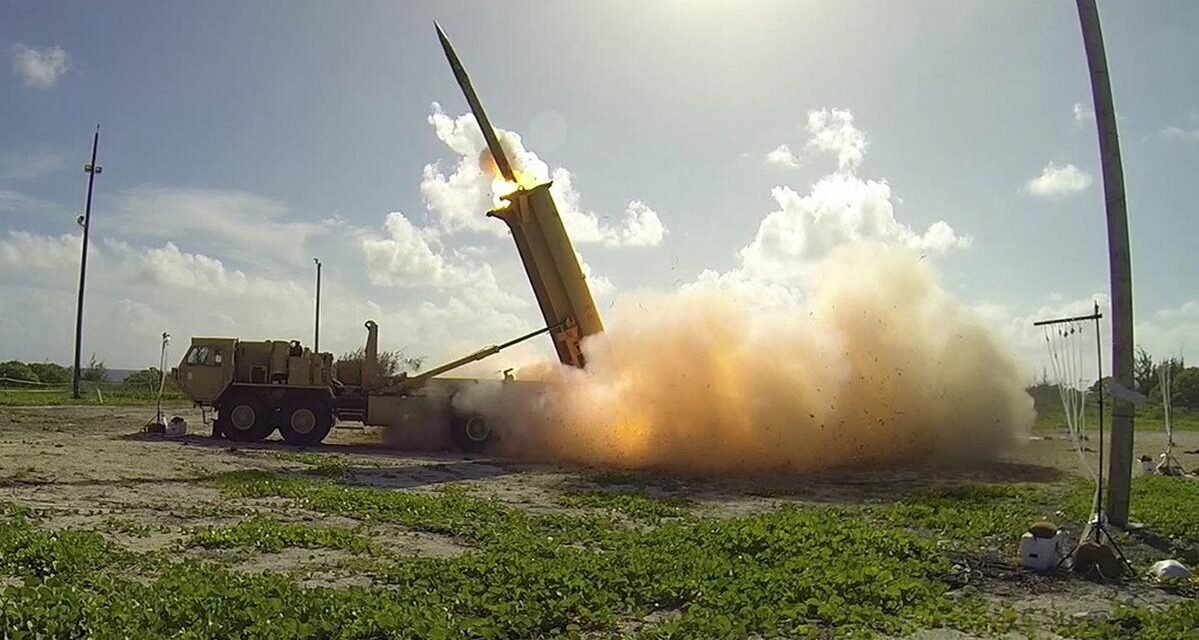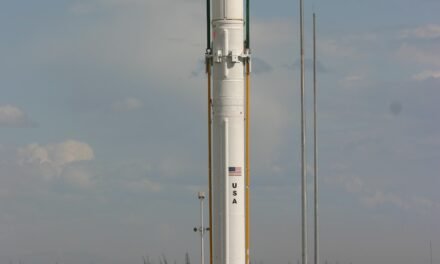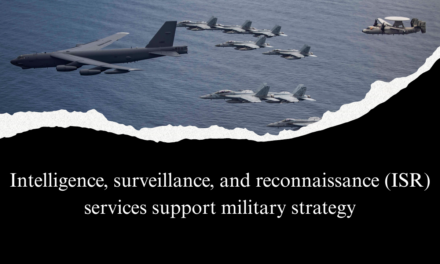While missile defense technologies have made significant advancements, they face several limitations in addressing modern and evolving threats. These limitations arise from technical, operational, and strategic challenges. Here’s a breakdown of the primary constraints:
1. Difficulty in Countering Hypersonic Missiles
- Speed and Maneuverability:
- Hypersonic missiles travel at speeds exceeding Mach 5 and can maneuver unpredictably, making detection, tracking, and interception extremely challenging.
- Short Reaction Time:
- Current systems may not have sufficient time to detect, track, and engage hypersonic threats.
- Inadequate Technology:
- Most missile defense systems are optimized for ballistic and cruise missiles and are not yet fully equipped to handle hypersonic threats.
2. Vulnerability to Saturation Attacks
- Overwhelming the System:
- Missile defense systems can be overwhelmed by saturation attacks, where adversaries launch multiple missiles or deploy swarms of drones simultaneously.
- Resource Limitation:
- Interceptors are expensive and limited in number, making it challenging to counter large-scale attacks.
3. Difficulty in Target Discrimination
- Decoys and Countermeasures:
- Adversaries use decoys, chaff, and other countermeasures to confuse missile defense systems.
- Warhead Identification:
- Discriminating between actual warheads and decoys during the midcourse phase is complex and critical for effective interception.
4. Limited Coverage
- Geographic Constraints:
- Many systems provide localized protection and cannot defend large territories or multiple regions simultaneously.
- Boost-Phase Interception:
- Interception during the boost phase is ideal but requires systems to be near launch sites, often in hostile or inaccessible areas.
5. Performance in Adverse Conditions
- Environmental Factors:
- Weather conditions such as rain, fog, and dust can degrade the performance of radars and sensors.
- Atmospheric Interference:
- Directed energy weapons (e.g., lasers) are particularly affected by atmospheric distortion.
6. Cybersecurity Risks
- System Vulnerabilities:
- Missile defense networks are susceptible to cyberattacks that could disable or compromise their functionality.
- Electronic Warfare:
- Adversaries may use electronic jamming or spoofing to disrupt communication and targeting systems.
7. High Costs
- Development and Deployment:
- Advanced systems like THAAD, Patriot, and Aegis are expensive to develop, procure, and maintain.
- Cost Per Interception:
- The cost of each interceptor missile is often much higher than the cost of the offensive weapon it neutralizes, especially in the case of low-cost rockets or drones.
8. Real-World Effectiveness
- Limited Testing Conditions:
- Many systems are tested under controlled conditions that may not reflect real-world complexities, such as simultaneous multiple threats or the presence of countermeasures.
- Intercept Accuracy:
- Even advanced systems do not guarantee a 100% success rate, especially against sophisticated missiles.
9. Space-Based Threats
- Growing Challenges:
- Current systems are limited in their ability to counter threats originating from or targeting space, such as space-based weapons or orbital delivery systems.
- Anti-Satellite Capabilities:
- The increasing threat of anti-satellite weapons could disrupt missile defense systems reliant on space-based sensors.
10. Geopolitical and Strategic Limitations
- Provocation of Adversaries:
- Deploying missile defense systems in certain regions can escalate geopolitical tensions (e.g., THAAD deployment in South Korea and opposition from China and Russia).
- Arms Race Dynamics:
- Advanced missile defense systems may encourage adversaries to develop more sophisticated offensive capabilities, such as hypersonic weapons or stealthy missiles.
11. Limited Interception Phases
- Focus on Terminal and Midcourse Phases:
- Most current systems are designed to intercept missiles during the midcourse or terminal phases, leaving the boost phase, which is the most vulnerable phase of a missile’s flight, largely unaddressed.
12. Dependency on Advanced Detection Systems
- Delayed Detection:
- Effective interception relies on early detection, which may not always be possible due to stealth technology, low-altitude flight paths, or electronic countermeasures.
- Space-Based Sensor Challenges:
- Satellites used for detection are expensive, vulnerable to anti-satellite weapons, and limited in number.
13. Insufficient Adaptability to Emerging Threats
- Unpredictable Trajectories:
- New missile technologies, such as maneuverable reentry vehicles (MaRVs), make interception difficult.
- Diverse Threats:
- Modern battlefields include a mix of ballistic missiles, cruise missiles, drones, and hypersonic weapons, requiring systems to adapt rapidly.
Conclusion
While missile defense technologies have advanced significantly, they face considerable challenges in countering modern threats. Addressing these limitations requires continued investment in research and development, international collaboration, and the integration of emerging technologies like artificial intelligence, hypersonic interceptors, and directed energy weapons. However, no system can guarantee complete protection, and missile defense remains one element of a broader security strategy.
Hashtags
#MissileDefenseLimits #DefenseTechChallenges #ModernDefenseGaps #MissileDefenseIssues #TechInDefenseBarriers #TechnologicalLimitations #TechLimitationsInDefense #MissileTrackingChallenges #InterceptionAccuracyIssues #LimitationsInRadarTech #AdvancedThreatsVsDefense #HypersonicThreats #EvasiveMissiles #CountermeasuresChallenges #MultiTargetTrackingIssues #AdaptiveThreats #CostAndSustainability #SustainableDefenseChallenges #GlobalDeploymentAndCoverage













